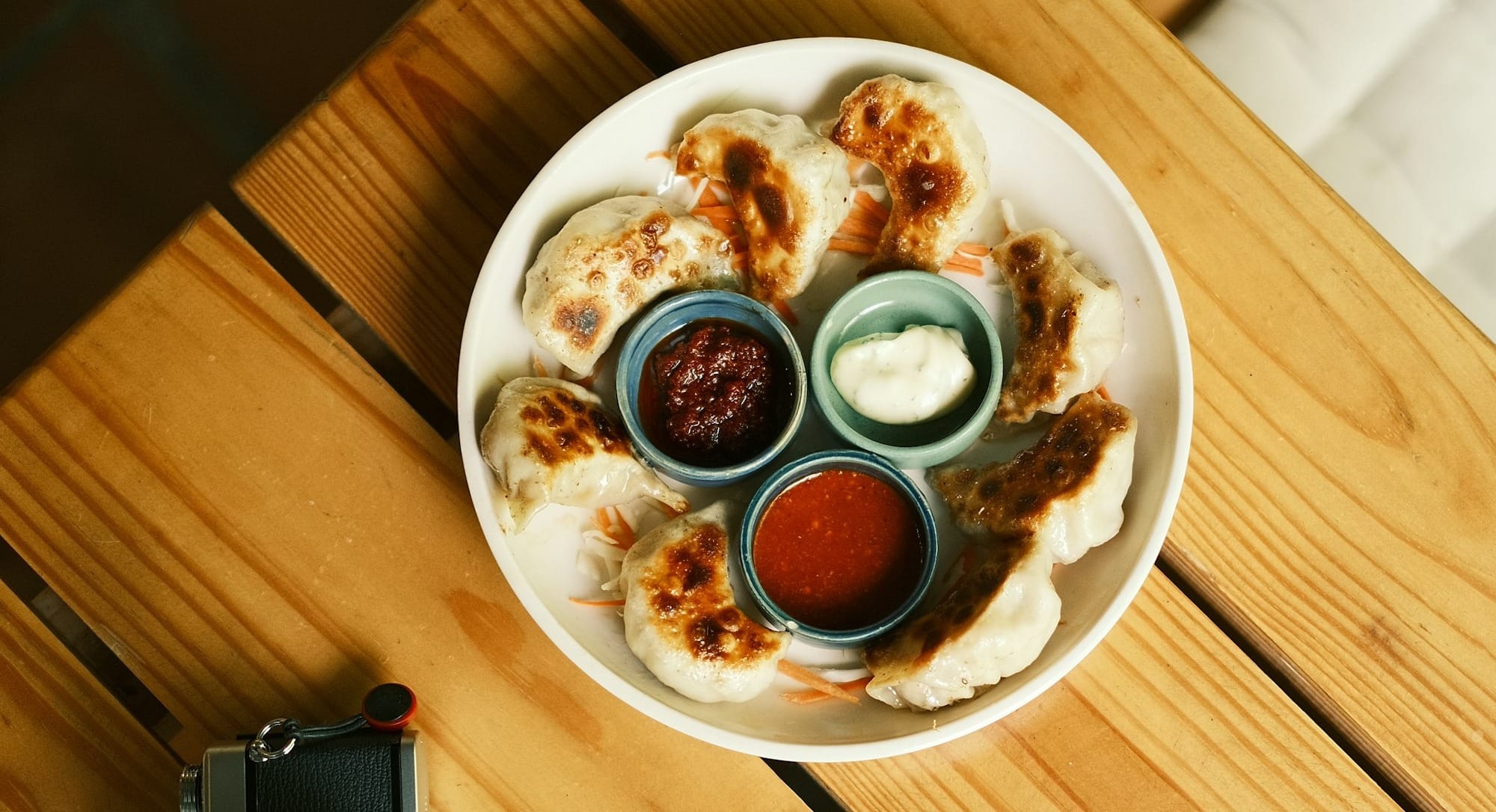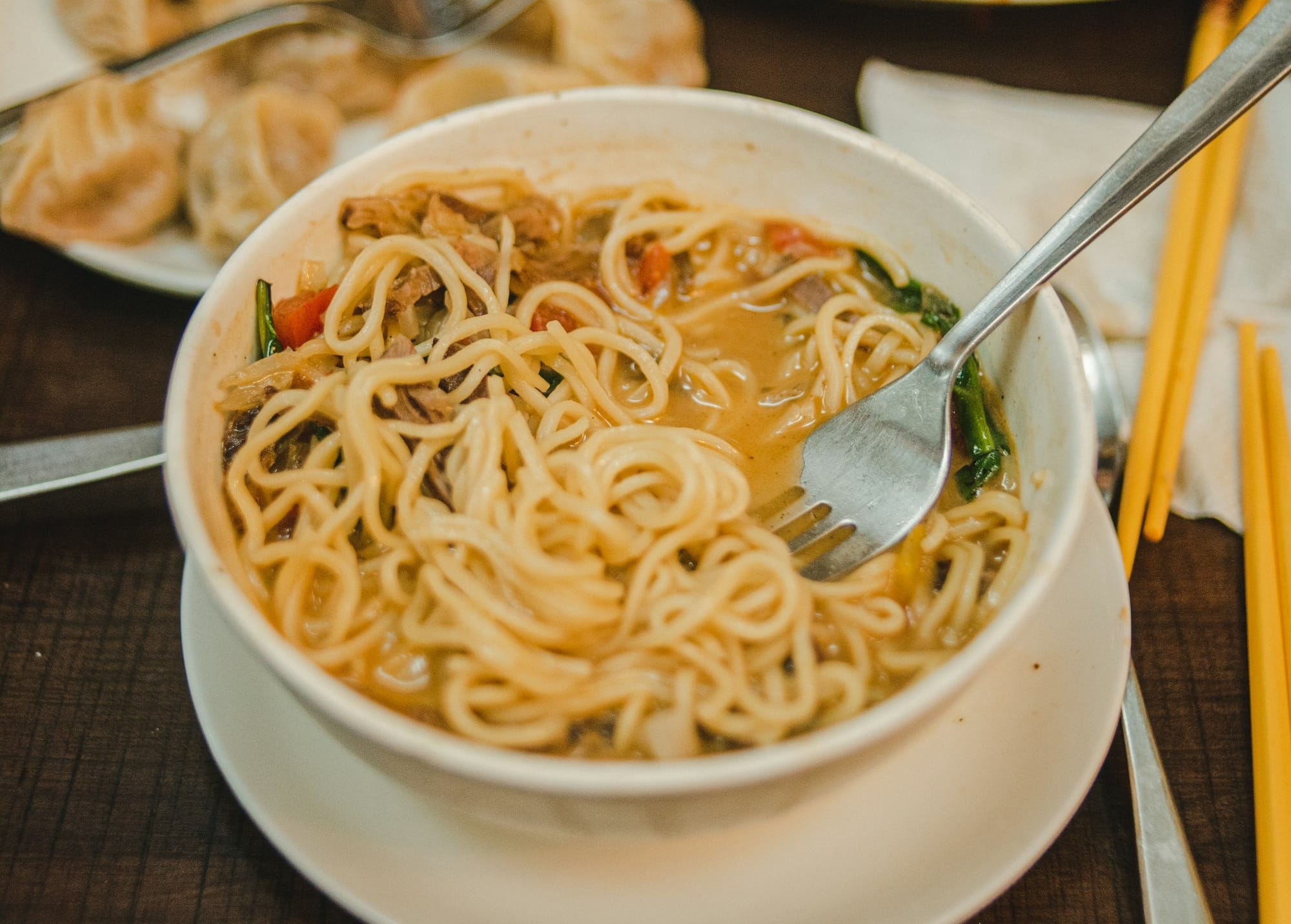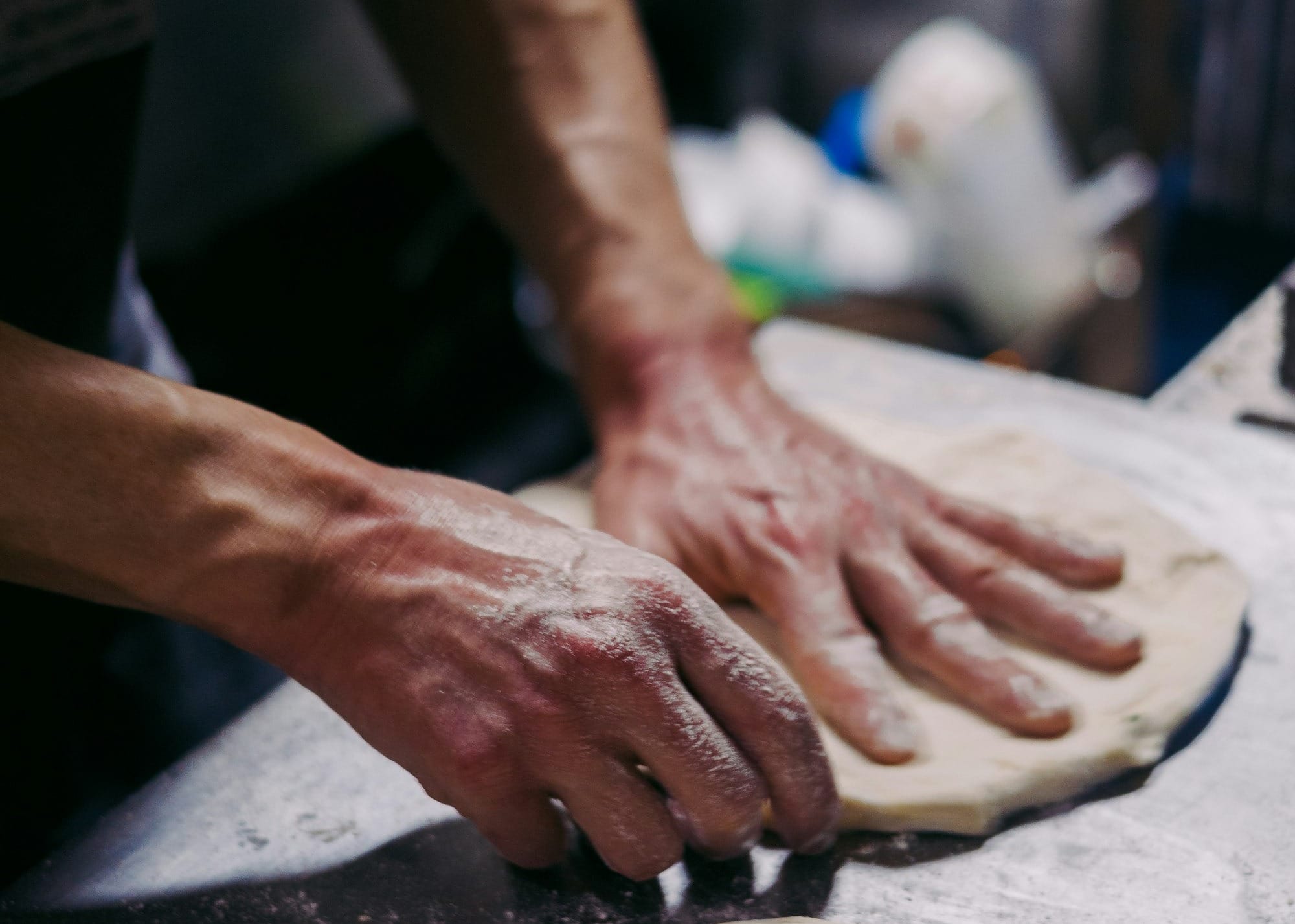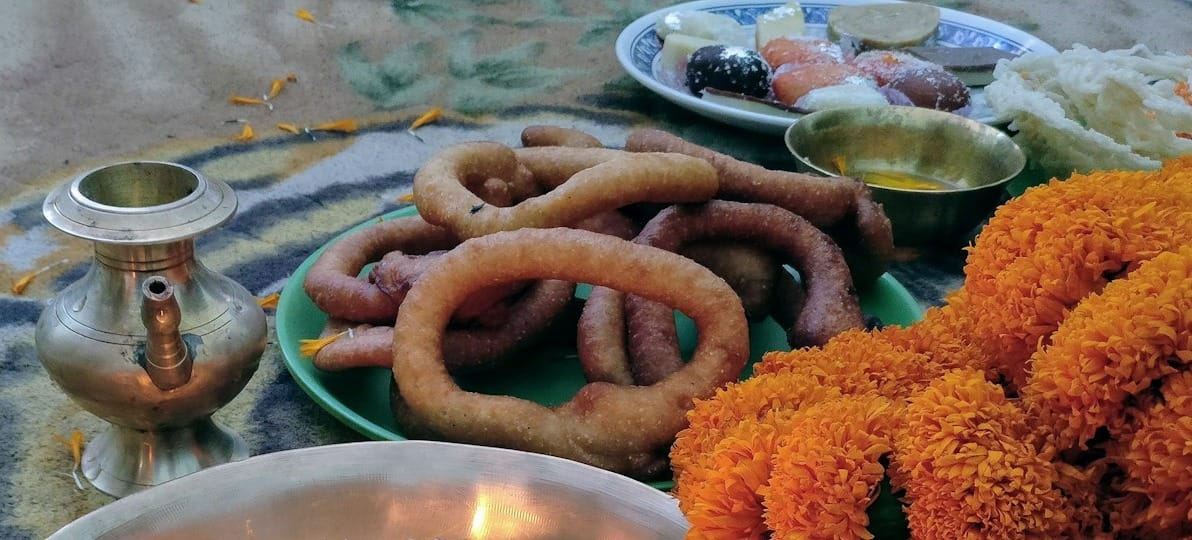Unveiling the Tantalizing Flavors of Nepal: A Culinary Odyssey

A Melting Pot of Culinary Traditions
Nestled in the heart of the Himalayas, Nepal's cuisine stands as a testament to the nation's rich cultural tapestry, intricately woven from the threads of diverse ethnic communities and their culinary legacies. This gastronomic odyssey invites you to embark on a journey through the vibrant flavors and time-honored traditions that have shaped the Nepali food landscape.
The Nepali culinary experience is a harmonious fusion of two prominent culinary traditions: the aromatic and spice-laden Indian cuisine, and the hearty and nourishing Tibetan fare. This unique blend, coupled with the geographical and demographic diversity of the Himalayas, has given birth to a mainstream culinary culture that is distinctly Nepali, yet embraces the richness of its influences.
The Cornerstone of Nepali Cuisine: Dal Bhat Tarkari

At the heart of Nepali cuisine lies the beloved triumvirate of dal (lentil soup), bhat (steamed rice), and tarkari (vegetable preparation), collectively known as "Dal Bhat Tarkari." This trio forms the foundation of a typical Nepali meal, offering a harmonious balance of flavors, textures, and nutritional value.
The dal, a fragrant lentil soup infused with a myriad of spices, is a staple in Nepali households. Its rich, velvety consistency and depth of flavor make it a comforting and satisfying accompaniment to the steamed rice and vegetable preparations.
Bhat, or steamed rice, is the canvas upon which the vibrant flavors of the dal and tarkari are painted. Its neutral taste allows the other components of the meal to shine, while providing a satisfying base for the overall dining experience.
Tarkari, the vegetable preparation, is a celebration of Nepal's diverse agricultural bounty. From the pungent mustard greens to the tender bamboo shoots, each vegetable is meticulously cooked and seasoned, resulting in a vibrant array of flavors and textures that complement the dal and bhat.
Momos: Nepal's Beloved Street Food

No culinary journey through Nepal would be complete without indulging in the nation's beloved street food: momos. These steamed or fried dumplings, filled with a savory mixture of minced meat or vegetables, have become a quintessential part of Nepali culture and a beloved snack enjoyed by locals and visitors alike.
The classic steamed momos, with their delicate wrappers and flavorful fillings, are a testament to the culinary prowess of Nepali cooks. Dipped in a tangy tomato or fiery chili sauce, these dumplings are a true delight for the taste buds.
For those seeking a crispy twist, the fried momos offer a delectable alternative. Golden and crispy on the outside, with a juicy and flavorful filling within, these morsels are a perfect accompaniment to a chilled beverage or a piping hot cup of Nepali tea.
Thukpa: The Trekker's Companion

For those embarking on a trekking adventure through the majestic Himalayan landscapes, thukpa is the ultimate culinary companion. This hearty Tibetan-inspired noodle soup is a staple in the mountain regions of Nepal, offering a nourishing and comforting respite from the rigors of the trail.
Thukpa's rich broth, infused with the flavors of meat, vegetables, and a myriad of spices, is a warm embrace for the soul. The chewy hand-pulled noodles, coupled with tender chunks of meat and vibrant vegetables, create a harmonious symphony of textures and flavors that nourish the body and rejuvenate the spirit.
Kwati: A Vegetable Stew with a Nutritional Punch

In the vibrant tapestry of Nepali cuisine, kwati stands out as a nutritional powerhouse. This hearty vegetable stew is a celebration of the diverse array of greens and legumes that flourish in Nepal's fertile valleys and mountainsides.
Kwati's rich broth is infused with a medley of spices, including cumin, coriander, and turmeric, creating a depth of flavor that envelops the palate. Tender chunks of potatoes, beans, and an assortment of seasonal vegetables mingle together in a comforting embrace, offering a nutritious and satisfying meal.
Sekuwa: The Perfect Barbecue Dish

For those seeking a taste of Nepal's grilled delicacies, sekuwa is a must-try. This traditional barbecue dish showcases the nation's mastery of fire and smoke, infusing succulent meats with a smoky depth and a tantalizing char.
Sekuwa can be prepared with a variety of proteins, from chicken and mutton to the more adventurous options like buff (water buffalo) or wild boar. The meat is marinated in a blend of aromatic spices, such as cumin, coriander, and garam masala, before being skewered and grilled over smoldering charcoal or wood embers.
As the meat sizzles and caramelizes, it develops a delectable crust that seals in the juices and flavors, resulting in a dish that is simultaneously tender and bursting with smoky, spiced goodness.
Chatamari: The "Nepali Pizza"

Hailing from the Newari cuisine, chatamari is often referred to as the "Nepali Pizza." This savory pancake-like dish is a testament to the rich culinary heritage of the Newari people, renowned for their intricate and flavorful dishes.
Chatamari is crafted by combining a fermented rice batter with a variety of fillings, such as minced meat, eggs, and an array of vegetables. The batter is then poured onto a sizzling griddle, creating a crispy, golden crust that encases the flavorful filling.
The result is a delightful fusion of textures and flavors, with the crispy exterior giving way to a tender and savory interior. Chatamari is often served with a tangy tomato-based sauce or a fiery chili chutney, adding an extra layer of flavor to this beloved Nepali delicacy.
Sha Phaley: A Sherpa Specialty
In the rugged and breathtaking landscapes of the Himalayas, the Sherpa community has developed a cuisine that reflects their resilience and adaptability. One of their most celebrated dishes is sha phaley, a hearty and flavorful stew that combines the heat of chili peppers with the unique tingling sensation of Sichuan peppercorns.
Sha phaley is a true celebration of bold and complex flavors. Tender chunks of meat, often mutton or yak, are simmered in a rich broth infused with a blend of aromatic spices, including ginger, garlic, and the iconic Sichuan peppercorns. The result is a dish that tantalizes the taste buds with a harmonious interplay of heat, warmth, and a subtle numbing sensation that lingers pleasantly on the palate.
Tsampa: An Energy-Packed Tibetan Staple

Tsampa, a roasted barley flour, holds a revered place in Tibetan cuisine and has become an integral part of the Nepali food landscape, particularly in the mountainous regions influenced by Tibetan culture.
This versatile flour is often mixed with butter tea or water to create a nutritious and energy-dense porridge or dough-like consistency. Tsampa's high-calorie content and portability make it an ideal sustenance for the arduous treks and demanding lifestyles of the Himalayan communities.
Beyond its practical applications, tsampa holds great cultural and dietary significance in Tibetan cuisine, often referred to as the "Tibetan national food." Its simplicity and nourishing qualities are a testament to the resilience and resourcefulness of the Tibetan people, who have adapted to the harsh conditions of the Himalayas.
Sel Roti: A Quintessential Nepali Treat

No culinary exploration of Nepal would be complete without indulging in the delectable sel roti. This ring-shaped, crispy, and slightly sweet bread is a beloved treat that has transcended its humble origins to become a quintessential part of Nepali culture.
Sel roti is crafted by deep-frying a fermented rice batter, resulting in a golden, crispy exterior that encases a soft and slightly chewy interior. The bread's unique shape and texture make it a perfect accompaniment to a steaming cup of Nepali tea or a refreshing lassi.
While sel roti can be enjoyed on its own, it is often served with a variety of chutneys or achars (pickles), adding an extra layer of flavor and complexity to this beloved snack. From the tangy and spicy tomato chutney to the sweet and fragrant mango pickle, each accompaniment offers a unique twist on this classic Nepali treat.
A Note on Vegetarianism in Nepal
In Nepal, vegetarianism holds a significant cultural and religious significance, particularly among the Hindu and Buddhist communities. As a result, many Nepali dishes are naturally vegetarian or can be easily adapted to suit a plant-based diet.
The abundance of fresh produce, legumes, and grains in Nepal's fertile valleys and mountainsides has given rise to a rich tradition of vegetarian cuisine. From the comforting dal bhat tarkari to the flavorful kwati, Nepal's vegetarian offerings are a testament to the nation's culinary ingenuity and respect for all forms of life.
Why Trekkers Should Embrace Vegetarian Meals
For those embarking on a trekking adventure through Nepal's majestic Himalayan landscapes, embracing a vegetarian diet can be a wise choice. The freshness and safety of meat served in remote mountain regions cannot always be assured, and the last thing any trekker wants is an upset stomach or foodborne illness.
By opting for vegetarian meals, trekkers can enjoy a wide array of nourishing and flavorful dishes that are not only delicious but also gentle on the digestive system. From the hearty dal bhat tarkari to the comforting thukpa, Nepal's vegetarian cuisine offers a wealth of options to fuel your adventures while ensuring a safe and enjoyable trekking experience.
Conclusion
Nepal's culinary landscape is a tapestry woven with the threads of diverse cultural influences, ancient traditions, and a deep reverence for the bounty of the land. From the comforting warmth of dal bhat tarkari to the bold and complex flavors of sha phaley, each dish tells a story of resilience, adaptation, and a celebration of life's simple pleasures.
As you embark on this culinary odyssey, savor the flavors, embrace the traditions, and allow the tantalizing aromas to transport you to the heart of the Himalayas. For in Nepal, food is not merely sustenance; it is a gateway to understanding the rich tapestry of a nation that has woven its culinary heritage into the very fabric of its identity.




